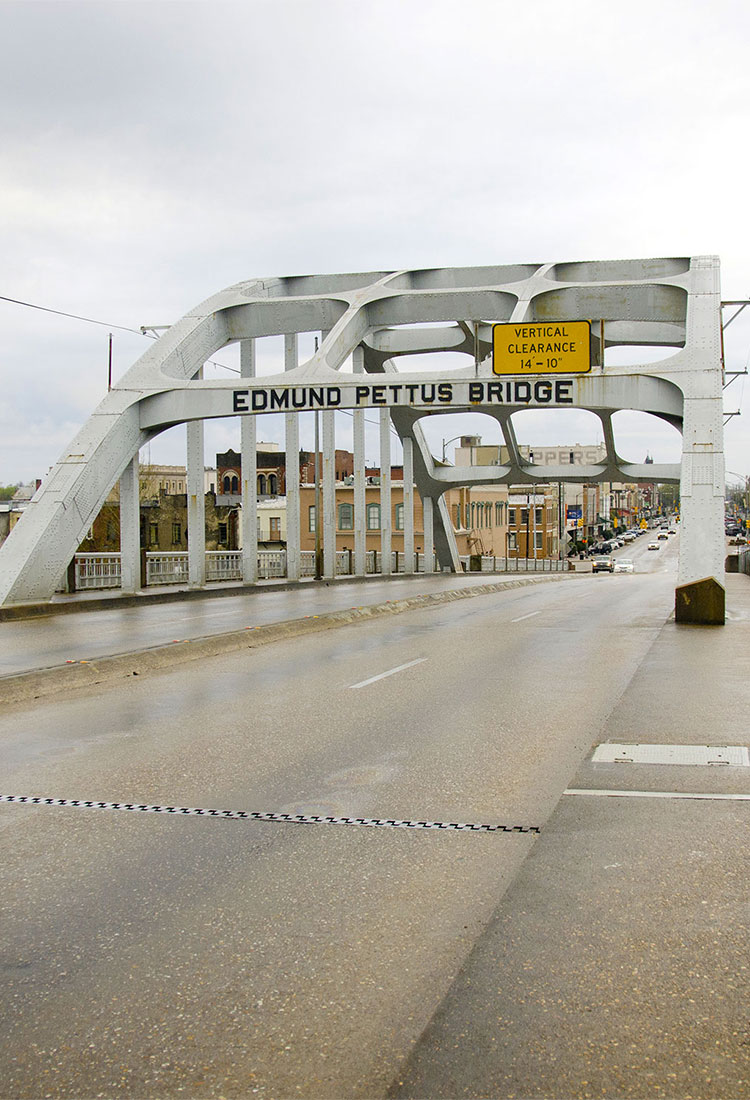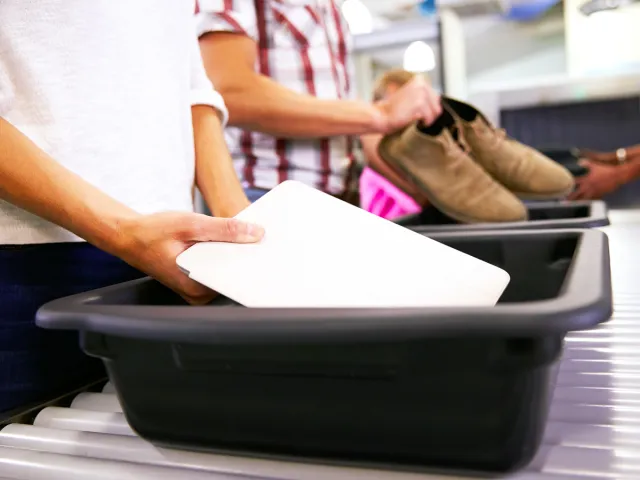The right to protest is a vital element of any democracy. Non-violent actions such as marches, rallies, and sit-ins can have far reaching consequences, spotlighting important issues and becoming a catalyst for change. From the storming of the Bastille to the March on Washington, visit the locations of seven famous marches throughout history.
The Mud March – London, England
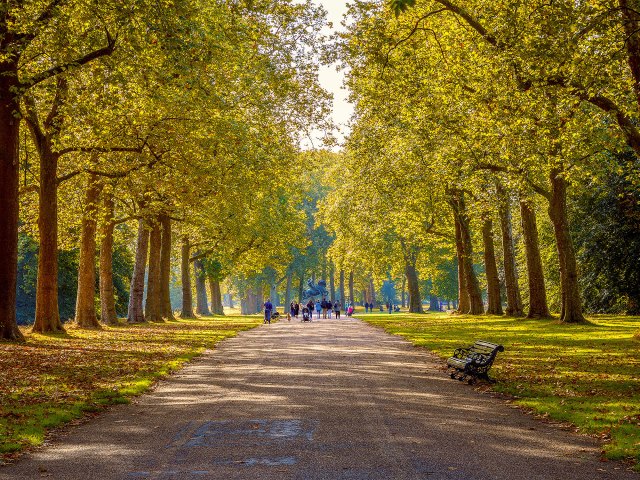
In the early 20th century, the creation of suffrage societies was instrumental in women gaining the right to vote. Their activities highlighted the injustice and need for change. One of the early catalysts in the movement was the United Procession of Women, organized by the National Union of Women’s Suffrage Societies in the U.K. as the largest pro-suffrage march at the time.
On February 9, 1907, more than 3,000 women marched from London’s Hyde Park Corner to the Strand, a major thoroughfare in Westminster, carrying placards that demanded women have the right to vote. The day’s heavy rain left the roads in a mucky state, and as a result, the press referred to it as the Mud March. Newspaper coverage was sympathetic to the cause and much-needed publicity was created, but there would be no change to the status quo for more than a decade. A similar large-scale event, organized by the National American Woman Suffrage Association in the United States, took place on Pennsylvania Avenue in Washington D.C. on March 3, 1913, the eve of Woodrow Wilson’s presidential inauguration.
The Salt March – Dandi, India
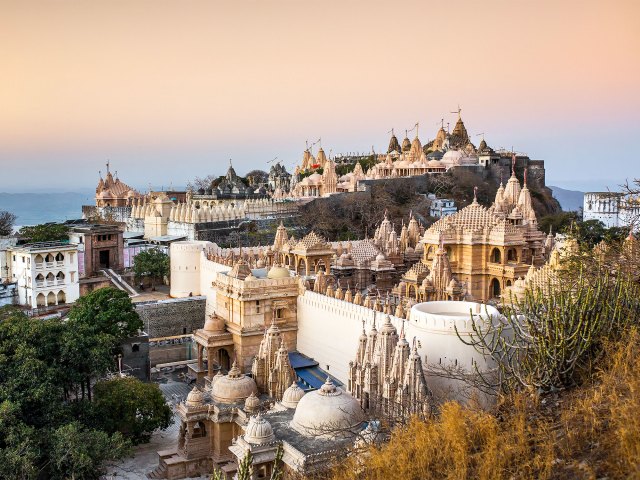
In 1882, the United Kingdom passed the Salt Act, which created a monopoly on the salt trade in colonial India and prohibited Indian citizens from collecting or selling their own salt. This action set in motion a string of events that would eventually lead to the Salt March. On March 12, 1930, pacifist leader Mahatma Gandhi, accompanied by his supporters, set out on a 240-mile march from Sabarmati Ashram, his residence in the western Indian city of Ahmedabad. He reached the coastal village of Dandi in the state Gujarat on April 5 and began collecting water from the Arabian Sea, evaporating the liquid to create salt.
In doing so, Gandhi broke the law, but he inspired many others to join in similar acts of nonviolent civil disobedience. Gandhi was jailed — as were approximately 60,000 others — and although the law wasn’t repealed, the publicity from the march bolstered anti-colonial sentiment and brought India’s independence a step closer. The National Salt Satyagraha Memorial opened in Dandi in 2019 to mark the 90th anniversary of the Salt March.
The March on Washington for Jobs and Freedom – Washington, D.C.
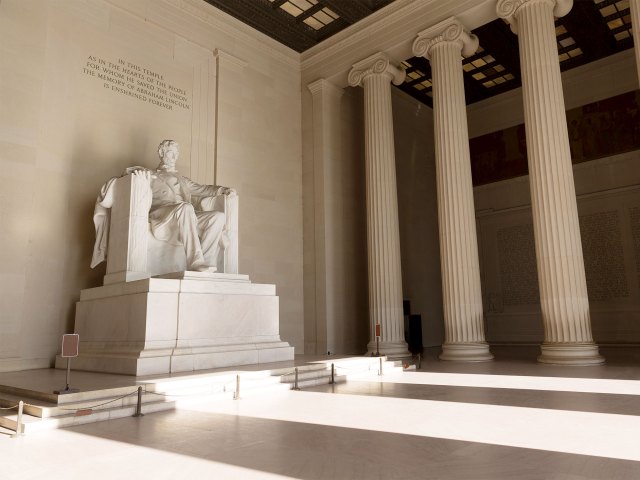
The March on Washington took place a century after President Abraham Lincoln administered the Emancipation Proclamation, ending slavery in the United States, but at a time when Black unemployment rates remained disproportionately high. Those who did have a job were often forced to accept low wages. Voter registration was suppressed, and many Black Americans could not exercise their constitutional right to vote. In 1963, leaders of a number of civil rights organizations notified President John F. Kennedy that they would march to the Lincoln Memorial in Washington, D.C. to draw attention to the inequalities Black Americans faced.
On August 28 of that year, more than 200,000 people took part in the March on Washington for Jobs and Freedom. Upon reaching the Lincoln memorial, the marchers fell silent to listen to Martin Luther King Jr. deliver what would later be dubbed his “I Have a Dream” speech. The Civil Rights Act was passed the following year, though the fight for racial equality and justice was far from over.
The Selma to Montgomery March – Alabama
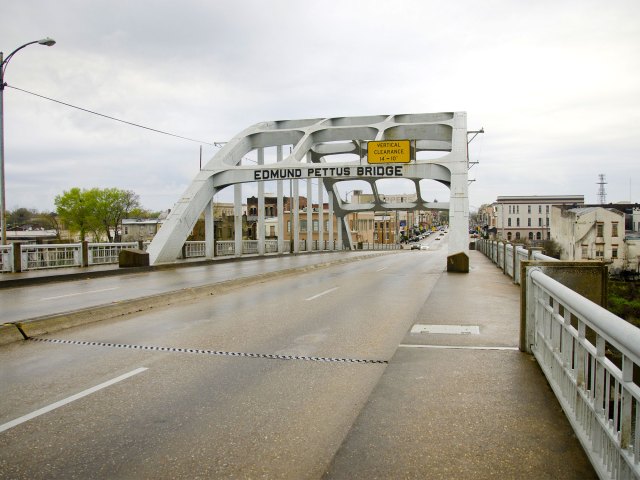
In 1965, Alabama was the setting for a series of landmark civil rights protests — including the pivotal Selma to Montgomery March. Around 25,000 people joined Martin Luther King Jr. at the end of a 54-mile, five-day journey that would lead to the passing of the Voting Rights Act. Prior to the march, there were huge inequalities in voter registration — in the city of Selma, just 2% of the Black community were eligible to vote.
Previous peaceful action had failed to achieve a result, and on March 7, 1965 — a day which would become known as “Bloody Sunday” — police stopped marchers on the Edmund Pettus Bridge in Selma with tear gas and violent, deadly beatings. The tragic event spurred King to call on religious leaders from around the country to join a nonviolent march for freedom. Waiting until President Lyndon B. Johnson could guarantee federal protection for the marchers, the march left Selma on March 21 and concluded in Montgomery on March 25.
The Storming of the Bastille – Paris, France
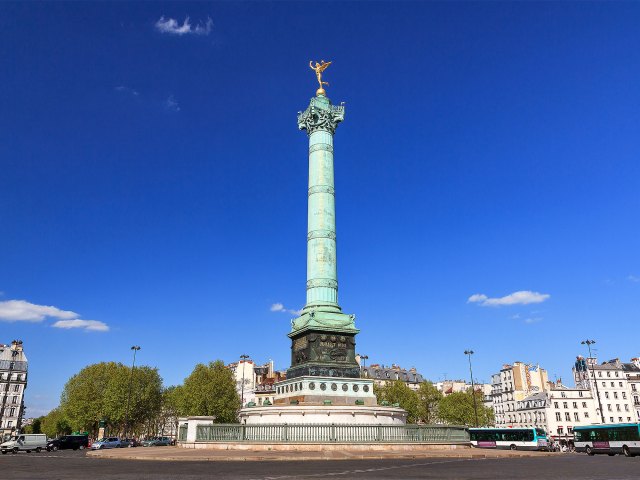
In 18th-century France, regressive taxation, costly foreign policy decisions, and a poor harvest at home created a significant burden on the working class. Meanwhile, lavish spending by King Louis XVI rubbed salt into the wounds. Protesting against the old regime and its abuse of power, an angry mob marched through Paris on July 14, 1789, and stormed the Bastille — a medieval armory, fortress, and political prison — demanding arms and ammunition. The target had particular significance, as the French king could send people to this hated prison without trial or right of appeal. The storming would prove to be a defining event of the French Revolution. Each July 14, France celebrates Bastille Day with a military parade down the Champs-Élysées to the Arc de Triomphe in Paris..
The Soweto Uprising – Soweto, South Africa
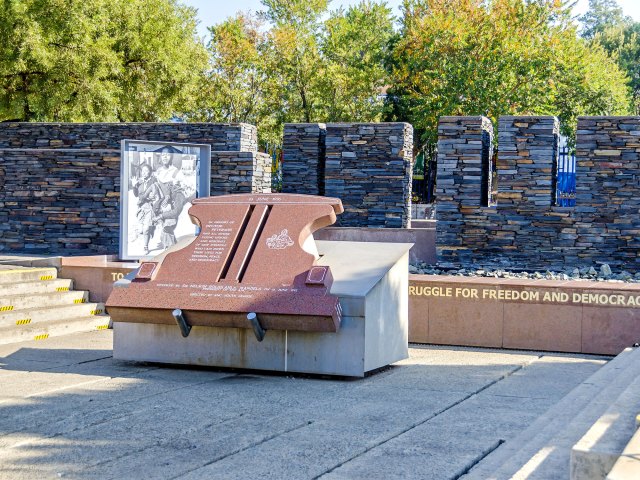
Under South Africa’s apartheid system, a law was introduced in 1974 requiring students to be taught some classes in Afrikaans, seen by the Black community as the language of the oppressor. In response, the Soweto Students’ Representative Council organized a protest at nearby Orlando Stadium on June 16, 1976, to highlight the unfair practice. More than 10,000 students attempted to march peacefully through the streets of Soweto, a township in Johannesburg, but found instead that police roadblocks hindered their progress along their planned route.
Undeterred, the peaceful march took a different route, but as it neared Orlando High School, the police began firing tear gas and shooting at the students, and around 600 people tragically lost their lives (though only two of them were white). Today, a museum and memorial to 12-year-old Hector Pieterson, whose death became emblematic of the struggle, is a reminder of those tragic events.
The Jarrow Crusade – Jarrow, England

Jarrow is a town on the River Tyne in northern England, located a few miles east of the city of Newcastle-upon-Tyne. It was famously the starting point for the Jarrow Crusade, also known as the Jarrow March, which took place from October 5 to October 31, 1936, and saw around 200 people journey on foot for 280 miles to London.
The protestors were Jarrow residents impacted by the closure of Palmer’s Shipyard two years earlier. Many of those laid off had not been able to find work, and poverty in the town was rife. The marchers carried with them a petition that called for the British government to create an alternative source of employment. It was received by Parliament, but the matter was not formally debated, and the marchers returned to Jarrow disheartened by what they perceived as failure. However, their ability to highlight the need for social reform was instrumental in paving the way for future initiatives. A memorial statue called the Spirit of Jarrow was unveiled in Jarrow’s town center to commemorate the 65th anniversary of the march.
More from our network
Daily Passport is part of Optimism, which publishes content that uplifts, informs, and inspires.






